From Aalto University 30/04/24

Researchers have developed a technique to move objects around with a jet of wind.
The new approach makes it possible to manipulate objects at a distance and could be integrated into robots to give machines ethereal fingers.
“Airflow or wind is everywhere in our living environment, moving around objects like pollen, pathogens, droplets, seeds, and leaves.”
“Wind has also been actively used in industry and in our everyday lives – for example, in leaf blowers to clean leaves.”

“But so far, we can’t control the direction the leaves move – we can only blow them together into a pile,” says Professor Quan Zhou from Aalto University, who led the study.
The first step in manipulating objects with wind is understanding how objects move in the airflow.
To that end, a research team at Aalto University recorded thousands of sample movements in an artificially generated airflow and used these to build templates of how objects move on a surface in a jet of air.
The team’s analysis showed that even though the airflow is generally chaotic, it’s still regular enough to move objects in a controlled way in different directions – even back towards the nozzle blowing out the air.
“We designed an algorithm that controls the direction of the air nozzle with two motors.”
“The jet of air is blown onto the surface from several meters away and to the side of the object, so the generated airflow field moves the object in the desired direction.”
“The control algorithm repeatedly adjusts the direction of the air nozzle so that the airflow moves the objects along the desired trajectory,” explains Zhou.
“Our observations allowed us to use airflow to move objects along different paths, like circles or even complex letter-like paths.”

“Our method is versatile in terms of the object’s shape and material – we can control the movement of objects of almost any shape,” he continues.
The technology still needs to be refined, but the researchers are optimistic about the untapped potential of their nature-inspired approach.
It could be used to collect items that are scattered on a surface, such as pushing debris and waste to collection points.
It could also be useful in complex processing tasks where physical contact is impossible, such as handling electrical circuits.
“We believe that this technique could get even better with a deeper understanding of the characteristics of the airflow field, which is what we’re working on next,” says Zhou.

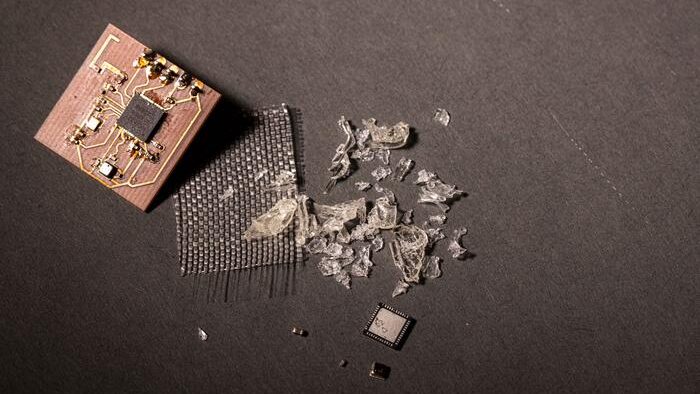


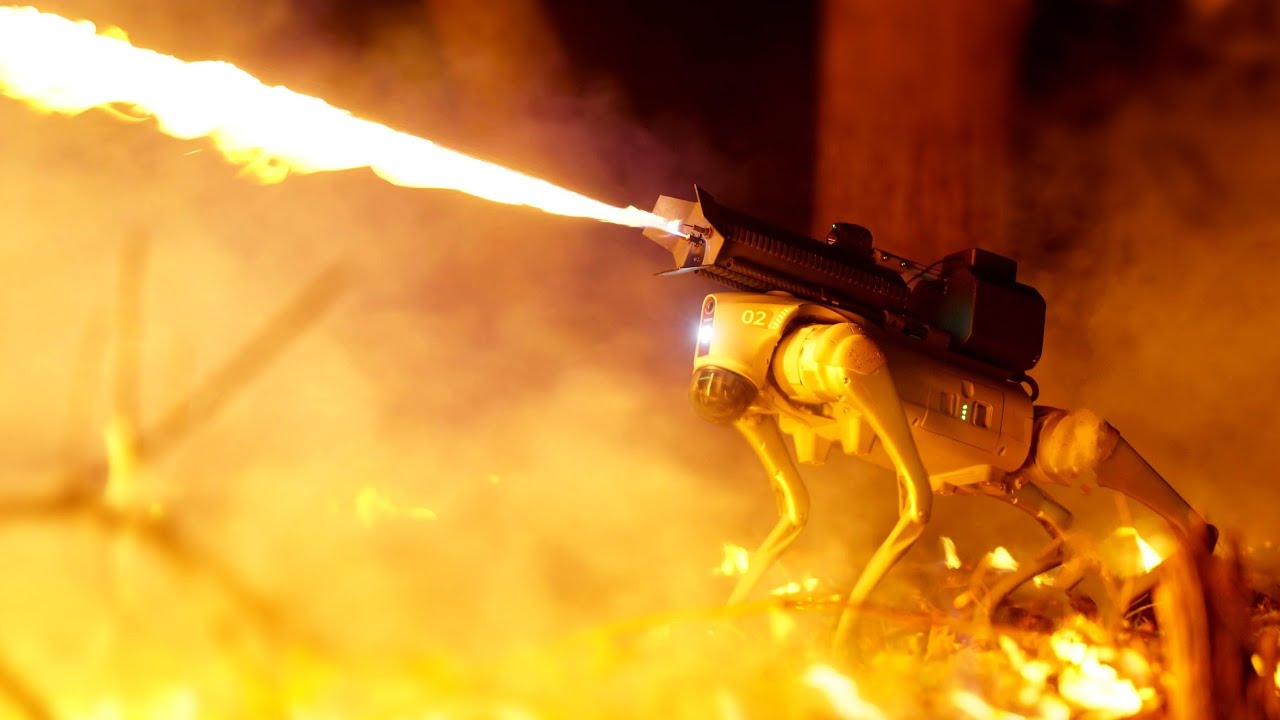


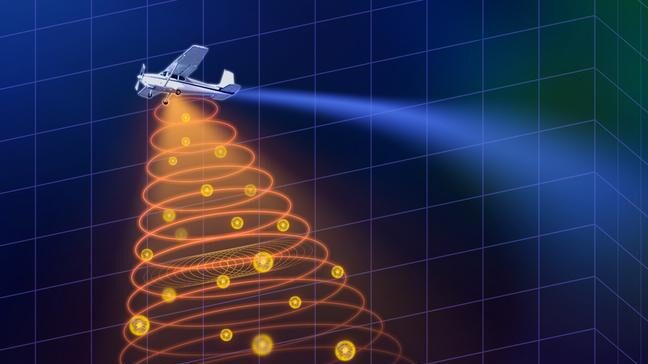
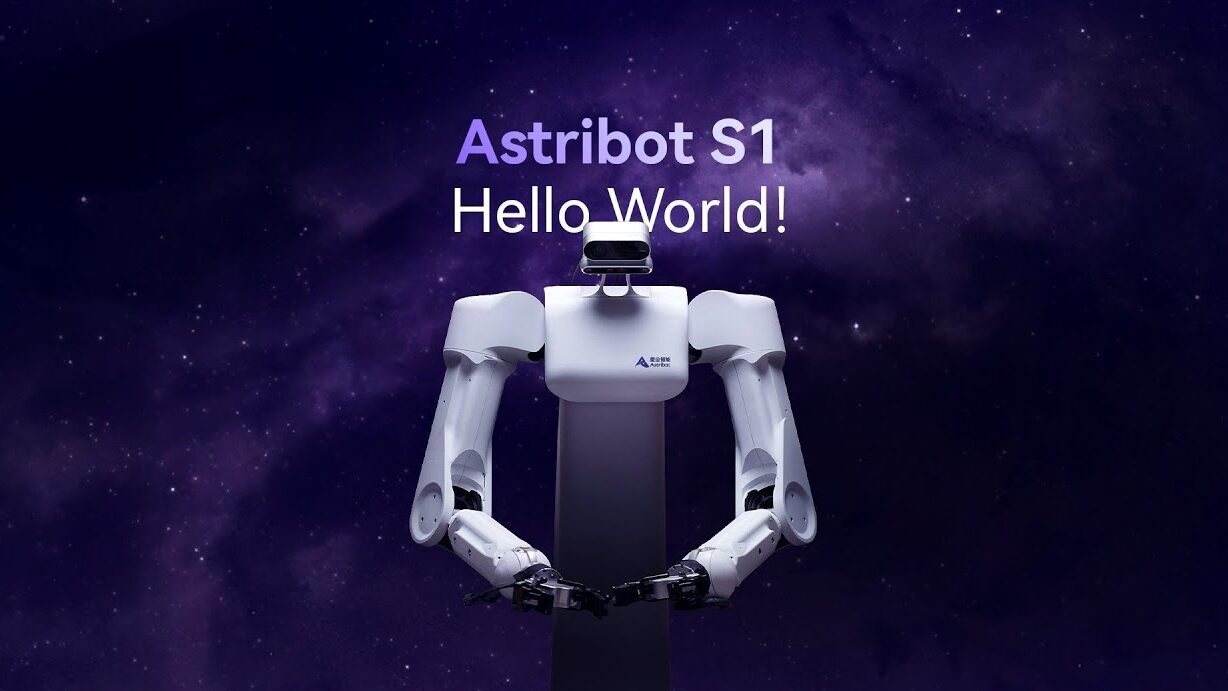

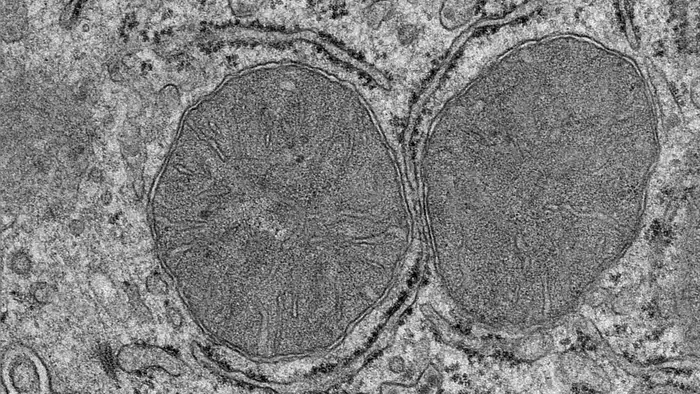

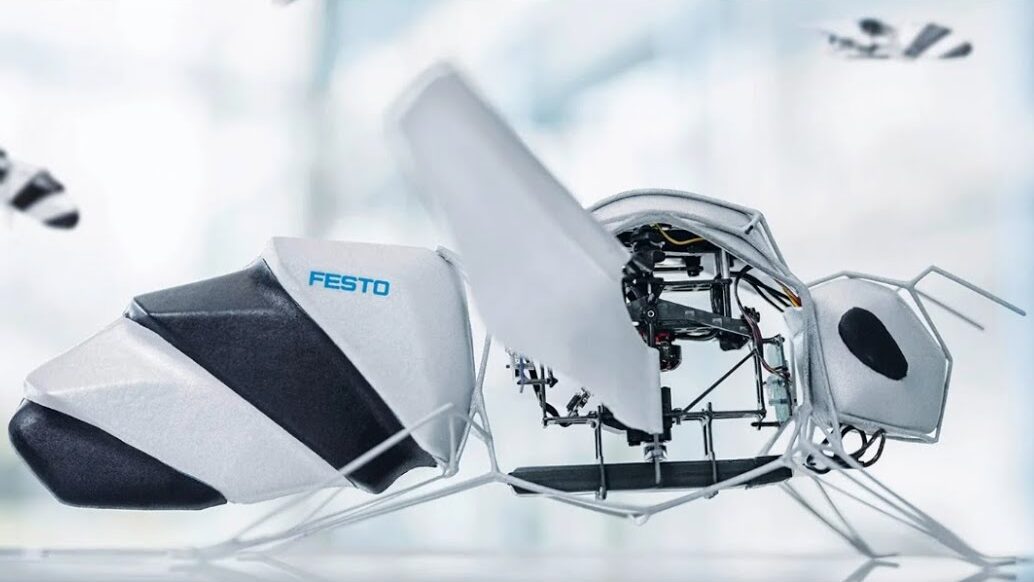
На данном сайте можно найти информацией о телешоу “Однажды в сказке”, развитии событий и ключевых персонажах. смотреть однажды в сказке Здесь размещены интересные материалы о производстве шоу, исполнителях ролей и любопытных деталях из-за кулис.
The digital drugstore features a wide range of medications with competitive pricing.
You can find both prescription and over-the-counter drugs suitable for different health conditions.
We strive to maintain safe and effective medications while saving you money.
Speedy and secure shipping ensures that your order arrives on time.
Take advantage of getting your meds on our platform.
https://www.malaysialistings.com/listings/fildena-100-mg-1
В России сертификация имеет большое значение для подтверждения соответствия продукции установленным стандартам. Она необходима как для производителей, так и для потребителей. Наличие сертификата подтверждает, что продукция прошла все необходимые проверки. Особенно это актуально в таких отраслях, как пищевая промышленность, строительство и медицина. Сертификация помогает повысить доверие к бренду. Кроме того, сертификация может быть необходима для участия в тендерах и заключении договоров. В итоге, соблюдение сертификационных требований обеспечивает стабильность и успех компании.
сертификация качества продукции
Здесь вы найдете учреждение ментального здоровья, которая предлагает профессиональную помощь для людей, страдающих от депрессии и других ментальных расстройств. Эта эффективные методы для восстановления ментального здоровья. Врачи нашего центра готовы помочь вам решить проблемы и вернуться к гармонии. Опыт наших психологов подтверждена множеством положительных отзывов. Обратитесь с нами уже сегодня, чтобы начать путь к восстановлению.
http://janow.com/__media__/js/netsoltrademark.php?d=empathycenter.ru%2Fpreparations%2Fm%2Fmelatonin%2F
На этом сайте вы найдете клинику ментального здоровья, которая обеспечивает психологические услуги для людей, страдающих от тревоги и других психологических расстройств. Наша индивидуальный подход для восстановления психического здоровья. Наши специалисты готовы помочь вам решить психологические барьеры и вернуться к психологическому благополучию. Опыт наших психологов подтверждена множеством положительных обратной связи. Обратитесь с нами уже сегодня, чтобы начать путь к оздоровлению.
http://lehighvalleygeneralsurgeons.org/__media__/js/netsoltrademark.php?d=empathycenter.ru%2Fpreparations%2Fb%2Fbiperiden%2F
На данной платформе вы найдете учреждение ментального здоровья, которая предоставляет поддержку для людей, страдающих от стресса и других психологических расстройств. Наша эффективные методы для восстановления психического здоровья. Наши опытные психологи готовы помочь вам справиться с психологические барьеры и вернуться к сбалансированной жизни. Квалификация наших врачей подтверждена множеством положительных обратной связи. Обратитесь с нами уже сегодня, чтобы начать путь к лучшей жизни.
http://lifeeventloan.com/__media__/js/netsoltrademark.php?d=empathycenter.ru%2Fpreparations%2Fo%2Folanzapin%2F
Game Athlon is a renowned online casino offering thrilling games for users of all levels.
The platform features a extensive collection of slots, live dealer games, classic casino games, and sports betting.
Players have access to seamless navigation, high-quality graphics, and user-friendly interfaces on both PC and smartphones.
gameathlon casino
GameAthlon prioritizes security by offering encrypted transactions and fair RNG systems.
Reward programs and loyalty programs are regularly updated, giving players extra incentives to win and have fun.
The support service is ready day and night, assisting with any questions quickly and politely.
The site is the top destination for those looking for an adrenaline rush and huge prizes in one trusted space.
Swiss watches have long been synonymous with precision. Crafted by legendary watchmakers, they combine tradition with cutting-edge engineering.
Each detail embody exceptional workmanship, from intricate mechanisms to luxurious materials.
Owning a timepiece is a true statement of status. It stands for refined taste and uncompromising quality.
No matter if you love a minimalist aesthetic, Swiss watches provide unparalleled beauty that stands the test of time.
http://www.tyrfing-rp.dk/forum/viewtopic.php?f=14&t=26766
Our store provides a vast selection of high-quality pharmaceutical products for different conditions.
Our online pharmacy provides quick and reliable delivery right to your door.
Every item is supplied by licensed pharmaceutical companies so you get effectiveness and reliability.
Feel free to explore our online store and place your order hassle-free.
Got any concerns? Customer service are here to help at any time.
Stay healthy with our trusted online pharmacy!
https://bresdel.com/blogs/795000/Kamagra-Oral-Jelly-Side-Effects-Unique-Experiences-and-Practical-Advice
Наш сервис осуществляет поддержкой приезжих в северной столице.
Предоставляем услуги в подготовке документов, регистрации, а также формальностях, касающихся работы.
Наша команда помогают по миграционным нормам и направляют правильный порядок действий.
Оказываем поддержку как с временным пребыванием, и в вопросах натурализации.
Благодаря нам, вы сможете быстрее адаптироваться, избежать бюрократических сложностей и спокойно жить в Санкт-Петербурге.
Пишите нам, и мы подробно расскажем обо всех возможностях!
https://spb-migrant.ru/
Что такое BlackSprut?
Сервис BlackSprut удостаивается интерес многих пользователей. Почему о нем говорят?
Этот проект обеспечивает широкие опции для тех, кто им интересуется. Интерфейс системы характеризуется функциональностью, что делает его доступной даже для новичков.
Важно отметить, что BlackSprut обладает уникальными характеристиками, которые отличают его в своей нише.
При рассмотрении BlackSprut важно учитывать, что различные сообщества выражают неоднозначные взгляды. Одни отмечают его функциональность, а некоторые рассматривают неоднозначно.
Таким образом, данный сервис остается предметом обсуждений и удерживает интерес разных пользователей.
Рабочее зеркало к BlackSprut – узнайте здесь
Хотите найти актуальное ссылку на BlackSprut? Мы поможем.
https://bs2best
Иногда платформа перемещается, и тогда нужно знать новое зеркало.
Мы мониторим за изменениями и готовы поделиться актуальным зеркалом.
Проверьте актуальную ссылку у нас!
This website features a wide selection of slot games, ideal for all types of players.
Right here, you can discover traditional machines, feature-rich games, and jackpot slots with amazing animations and realistic audio.
Whether you’re into simple gameplay or love bonus-rich rounds, you’ll find a perfect match.
http://softgaz.ru/?p=70321
Every slot are available around the clock, with no installation, and fully optimized for both desktop and smartphone.
Apart from the machines, the site includes tips and tricks, bonuses, and player feedback to enhance your experience.
Register today, start playing, and have fun with the excitement of spinning!
The quest for optimal health is ongoing and requires continuous learning. It’s challenging to filter reliable health facts from fiction online. Building a solid foundation of health knowledge supports better lifestyle choices. Understanding the roles of different medical preparations is also increasingly important. This awareness helps in evaluating treatment options presented to you. Accessing dependable information is the cornerstone of informed health management. Consider the iMedix podcast as your partner in this educational journey. This health advice podcast aims to clarify complex medical subjects. Explore the iMedix Medical podcast for in-depth health discussions. Find practical information through the iMedix: Your Personal Health Advisor platform.
Understanding women’s health issues requires specific knowledge throughout life. Learning about menstrual health, pregnancy, menopause, and related conditions is crucial. Knowing about preventative screenings like Pap smears and mammograms is vital. Familiarity with medical preparations specific to women’s health is important. This includes hormonal therapies, contraceptives, and treatments for gynecological conditions. Access to trusted information empowers women to manage their health. The iMedix podcast addresses gender-specific health topics comprehensively. It’s a health care podcast relevant to women at all life stages. Explore the iMedix best podcasts for women’s health discussions. iMedix provides online health information tailored to diverse needs.
На нашем портале вам предоставляется возможность наслаждаться широким ассортиментом игровых автоматов.
Игровые автоматы характеризуются яркой графикой и захватывающим игровым процессом.
Каждый слот предлагает уникальные бонусные раунды, увеличивающие шансы на выигрыш.
1xbet казино официальный сайт
Игра в слоты подходит любителей азартных игр всех мастей.
Вы можете играть бесплатно, и потом испытать азарт игры на реальные ставки.
Проверьте свою удачу и получите удовольствие от яркого мира слотов.
Self-harm leading to death is a serious topic that impacts millions of people worldwide.
It is often connected to emotional pain, such as depression, hopelessness, or chemical dependency.
People who consider suicide may feel trapped and believe there’s no solution.
How to kill yourself painless
We must raise awareness about this subject and help vulnerable individuals.
Early support can save lives, and talking to someone is a crucial first step.
If you or someone you know is thinking about suicide, get in touch with professionals.
You are not alone, and help is available.
Здесь вам открывается шанс играть в большим выбором игровых автоматов.
Эти слоты славятся яркой графикой и интерактивным игровым процессом.
Каждый слот предлагает уникальные бонусные раунды, увеличивающие шансы на выигрыш.
1xbet казино слоты
Игра в слоты подходит как новичков, так и опытных игроков.
Есть возможность воспользоваться демо-режимом, после чего начать играть на реальные деньги.
Попробуйте свои силы и окунитесь в захватывающий мир слотов.
Здесь вам открывается шанс испытать обширной коллекцией слотов.
Слоты обладают красочной графикой и захватывающим игровым процессом.
Каждый игровой автомат предоставляет уникальные бонусные раунды, увеличивающие шансы на выигрыш.
one win
Игра в слоты подходит как новичков, так и опытных игроков.
Можно опробовать игру без ставки, и потом испытать азарт игры на реальные ставки.
Попробуйте свои силы и окунитесь в захватывающий мир слотов.
This website provides access to a wide selection of online slots, designed for both beginners and experienced users.
Here, you can discover classic slots, modern video slots, and jackpot slots with high-quality visuals and dynamic music.
Whether you’re looking for easy fun or love bonus-rich rounds, you’ll find something that suits you.
https://www.molodezh67.ru/pgs/rayskiy_ostrov_tioman_uedinennyy_otdyh_v_malayzii.html
Every slot are available anytime, no download needed, and well adapted for both all devices.
Apart from the machines, the site includes tips and tricks, welcome packages, and user ratings to help you choose.
Sign up, jump into the action, and have fun with the world of digital reels!
На данной платформе вы обнаружите лучшие игровые слоты в казино Champion.
Ассортимент игр включает классические автоматы и современные слоты с качественной анимацией и разнообразными функциями.
Каждый слот разработан для максимального удовольствия как на компьютере, так и на мобильных устройствах.
Независимо от опыта, здесь вы найдёте подходящий вариант.
champion slots
Игры работают круглосуточно и не нуждаются в установке.
Кроме того, сайт предлагает программы лояльности и обзоры игр, чтобы сделать игру ещё интереснее.
Начните играть прямо сейчас и насладитесь азартом с брендом Champion!
On this platform, you can find a great variety of casino slots from leading developers.
Players can try out traditional machines as well as new-generation slots with vivid animation and exciting features.
Whether you’re a beginner or a casino enthusiast, there’s a game that fits your style.
casino games
Each title are ready to play 24/7 and optimized for PCs and tablets alike.
No download is required, so you can start playing instantly.
The interface is easy to use, making it simple to browse the collection.
Sign up today, and dive into the thrill of casino games!
Площадка BlackSprut — это одна из самых известных точек входа в darknet-среде, предоставляющая широкие возможности для всех, кто интересуется сетью.
На платформе предусмотрена удобная навигация, а визуальная часть не вызывает затруднений.
Гости отмечают быструю загрузку страниц и постоянные обновления.
bs2 bsme
Площадка разработана на удобство и минимум лишней информации при работе.
Если вы интересуетесь альтернативные цифровые пространства, BlackSprut может стать хорошим примером.
Перед началом не лишним будет прочитать основы сетевой безопасности.
Наш веб-портал — сайт независимого расследовательской службы.
Мы предлагаем поддержку в области розыска.
Штат детективов работает с максимальной дискретностью.
Мы берёмся за проверку фактов и детальное изучение обстоятельств.
Заказать детектива
Каждое обращение подходит с особым вниманием.
Мы используем эффективные инструменты и соблюдаем юридические нормы.
Нуждаетесь в реальную помощь — добро пожаловать.
Here offers a wide selection of decorative timepieces for all styles.
You can browse modern and timeless styles to complement your living space.
Each piece is chosen for its visual appeal and reliable performance.
Whether you’re decorating a stylish living room, there’s always a perfect clock waiting for you.
ridgeway country maple curio floor clocks
The collection is regularly renewed with new arrivals.
We focus on secure delivery, so your order is always in good care.
Start your journey to perfect timing with just a few clicks.
This website offers a great variety of home wall-mounted clocks for all styles.
You can browse minimalist and classic styles to match your home.
Each piece is carefully selected for its aesthetic value and reliable performance.
Whether you’re decorating a functional kitchen, there’s always a fitting clock waiting for you.
carved wind up cuckoo clocks
Our assortment is regularly renewed with new arrivals.
We ensure a smooth experience, so your order is always in professional processing.
Start your journey to perfect timing with just a few clicks.
This online store offers a wide selection of stylish wall-mounted clocks for your interior.
You can check out contemporary and traditional styles to complement your home.
Each piece is hand-picked for its visual appeal and durability.
Whether you’re decorating a cozy bedroom, there’s always a fitting clock waiting for you.
large contemporary metal wall clocks
Our catalog is regularly updated with new arrivals.
We focus on secure delivery, so your order is always in safe hands.
Start your journey to timeless elegance with just a few clicks.
This online store offers a wide selection of stylish wall-mounted clocks for every room.
You can browse urban and vintage styles to enhance your home.
Each piece is hand-picked for its craftsmanship and accuracy.
Whether you’re decorating a creative workspace, there’s always a beautiful clock waiting for you.
best large frameless wall clocks
The shop is regularly refreshed with fresh designs.
We care about customer satisfaction, so your order is always in trusted service.
Start your journey to timeless elegance with just a few clicks.
Our platform features many types of medical products for home delivery.
Customers are able to securely access essential medicines from your device.
Our product list includes popular drugs and specialty items.
Everything is supplied through verified pharmacies.
https://www.dnnsoftware.com/activity-feed/my-profile/userid/3221464
We maintain customer safety, with encrypted transactions and fast shipping.
Whether you’re managing a chronic condition, you’ll find safe products here.
Explore our selection today and enjoy convenient healthcare delivery.
Данный ресурс дает возможность поиска работы в разных регионах.
Вы можете найти актуальные предложения от уверенных партнеров.
На платформе появляются объявления о работе в различных сферах.
Частичная занятость — всё зависит от вас.
https://my-articles-online.com/
Сервис легко осваивается и адаптирован на широкую аудиторию.
Начало работы займёт минимум времени.
Хотите сменить сферу? — заходите и выбирайте.
This website, you can discover a great variety of online slots from famous studios.
Visitors can enjoy retro-style games as well as new-generation slots with high-quality visuals and interactive gameplay.
Even if you’re new or a casino enthusiast, there’s a game that fits your style.
casino
Each title are instantly accessible 24/7 and compatible with laptops and smartphones alike.
All games run in your browser, so you can get started without hassle.
Platform layout is intuitive, making it simple to find your favorite slot.
Sign up today, and dive into the excitement of spinning reels!
Classic wristwatches will always remain in style.
They represent engineering excellence and showcase a human touch that digital devices simply cannot match.
A single watch is powered by complex gears, making it both useful and inspiring.
Watch enthusiasts cherish the intricate construction.
https://bx24.avers35.ru/company/personal/user/161/blog/2195/
Wearing a mechanical watch is not just about telling time, but about expressing identity.
Their aesthetics are iconic, often passed from father to son.
All in all, mechanical watches will remain icons.
Here, you can find lots of slot machines from famous studios.
Users can enjoy retro-style games as well as modern video slots with vivid animation and bonus rounds.
If you’re just starting out or a casino enthusiast, there’s a game that fits your style.
casino slots
The games are instantly accessible 24/7 and designed for laptops and smartphones alike.
All games run in your browser, so you can start playing instantly.
Site navigation is easy to use, making it simple to explore new games.
Register now, and discover the thrill of casino games!
It’s alarming to realize that nearly 50% of people taking prescriptions make dangerous drug mistakes because of poor understanding?
Your wellbeing requires constant attention. All treatment options you implement significantly affects your long-term wellbeing. Being informed about your prescriptions should be mandatory for disease prevention.
Your health goes far beyond taking pills. All pharmaceutical products changes your physiology in specific ways.
Remember these essential facts:
1. Combining medications can cause health emergencies
2. Seemingly harmless allergy medicines have serious risks
3. Altering dosages causes complications
For your safety, always:
✓ Check compatibility with professional help
✓ Read instructions thoroughly prior to using any medication
✓ Consult your doctor about correct dosage
___________________________________
For professional medication guidance, visit:
https://images.app.goo.gl/Bgh8vgSrvmGixibE6
The digital drugstore offers an extensive variety of health products at affordable prices.
Customers can discover various drugs to meet your health needs.
We strive to maintain high-quality products without breaking the bank.
Fast and reliable shipping guarantees that your medication is delivered promptly.
Enjoy the ease of getting your meds on our platform.
kamagra 10mg
Our platform showcases CD player radio alarm clocks from reputable makers.
Browse through sleek CD units with PLL tuner and twin alarm functions.
Each clock come with aux-in ports, USB charging, and memory backup.
Our range covers affordable clocks to luxury editions.
radio alarm clock with cd player
All clocks provide snooze buttons, sleep timers, and LED screens.
Buy now through online retailers with fast shipping.
Discover your ultimate wake-up solution for bedroom or office use.
Here, you can discover lots of slot machines from leading developers.
Players can try out traditional machines as well as feature-packed games with high-quality visuals and interactive gameplay.
Whether you’re a beginner or an experienced player, there’s something for everyone.
money casino
The games are instantly accessible round the clock and optimized for desktop computers and mobile devices alike.
You don’t need to install anything, so you can start playing instantly.
Platform layout is user-friendly, making it quick to browse the collection.
Register now, and discover the world of online slots!
Покупка медицинской страховки во время путешествия — это необходимая мера для обеспечения безопасности туриста.
Документ включает медицинские услуги в случае несчастного случая за границей.
К тому же, сертификат может включать возмещение затрат на репатриацию.
расчет каско
Некоторые государства обязывают наличие страховки для получения визы.
При отсутствии полиса медицинские расходы могут обойтись дорого.
Оформление полиса перед выездом
Эта страница — официальный интернет-бутик Bottega Veneta с доставкой по всей России.
На нашем сайте вы можете оформить заказ на эксклюзивные вещи Bottega Veneta с гарантией подлинности.
Все товары подтверждены сертификатами от производителя.
bottega veneta купить
Доставление осуществляется оперативно в по всей территории России.
Платформа предлагает выгодные условия покупки и гарантию возврата средств.
Положитесь на официальном сайте Боттега Венета, чтобы чувствовать уверенность в покупке!
Searching to hire qualified contractors ready for temporary hazardous projects.
Need a specialist for a perilous task? Connect with vetted experts via this site to manage time-sensitive dangerous operations.
rent a killer
Our platform connects clients with skilled workers willing to take on hazardous temporary positions.
Employ background-checked freelancers for dangerous tasks safely. Ideal when you need emergency situations requiring safety-focused expertise.
People contemplate suicide due to many factors, commonly stemming from severe mental anguish.
The belief that things won’t improve may consume their motivation to go on. Often, isolation plays a significant role in pushing someone toward such thoughts.
Conditions like depression or anxiety distort thinking, causing people to see alternatives beyond their current state.
how to commit suicide
Life stressors might further drive an individual closer to the edge.
Lack of access to help may leave them feeling trapped. Understand seeking assistance is crucial.
On this site useful materials about methods for becoming a system cracker.
Knowledge is imparted in a straightforward and coherent manner.
You may acquire multiple methods for infiltrating defenses.
Plus, there are concrete instances that show how to utilize these competencies.
how to learn hacking
Comprehensive info is continuously improved to remain relevant to the contemporary changes in hacking techniques.
Unique consideration is given to real-world use of the learned skills.
Bear in mind that all operations should be carried out conscientiously and according to proper guidelines only.
On this site you can find useful promocodes for One X Bet.
These special offers make it possible to obtain bonus incentives when participating on the website.
All available promotional codes are always up-to-date to confirm their effectiveness.
Using these promocodes one can raise your potential winnings on the online service.
http://netlux.org/media/pgs/sovety_po_prohoghdeniyu_igry_art_of_murder_hunt_for_the_missiya_azarra_ispaniya_18_aprely.html
Besides, step-by-step directions on how to activate special offers are offered for convenience.
Be aware that particular bonuses may have time limits, so examine rules before employing.
Our platform makes available various medical products for home delivery.
Anyone can conveniently access essential medicines from anywhere.
Our inventory includes everyday drugs and targeted therapies.
All products is acquired via verified providers.
suhagra 50 mg tablet
Our focus is on discreet service, with encrypted transactions and on-time dispatch.
Whether you’re treating a cold, you’ll find what you need here.
Start your order today and experience reliable support.
One X Bet represents a leading online betting provider.
With a broad variety of sports, 1XBet meets the needs of a vast audience worldwide.
This 1XBet mobile app created intended for Android as well as iPhone bettors.
https://pyarishayari.in/pgs/uslugi_svyazi_zakone_o_telekommunikaciyah.html
Players are able to get the application from their site as well as Google Play Store on Android devices.
For iOS users, the application is available through the App Store without hassle.
На этом сайте доступны свежие бонусы Melbet-промо.
Примените коды зарегистрировавшись в системе для получения полный бонус за первое пополнение.
Кроме того, здесь представлены промокоды для текущих акций игроков со стажем.
мелбет промокод на фриспины
Следите за обновлениями на странице бонусов, чтобы не упустить особые условия в рамках сервиса.
Любой код обновляется на актуальность, и обеспечивает безопасность во время активации.
Here, you can access a wide selection of slot machines from famous studios.
Users can experience classic slots as well as feature-packed games with vivid animation and exciting features.
If you’re just starting out or a seasoned gamer, there’s always a slot to match your mood.
play games
All slot machines are ready to play anytime and designed for desktop computers and smartphones alike.
No download is required, so you can jump into the action right away.
Site navigation is intuitive, making it simple to browse the collection.
Register now, and enjoy the excitement of spinning reels!
On this platform, you can access a great variety of online slots from leading developers.
Players can enjoy retro-style games as well as new-generation slots with vivid animation and exciting features.
If you’re just starting out or a casino enthusiast, there’s something for everyone.
play games
Each title are available 24/7 and optimized for PCs and mobile devices alike.
You don’t need to install anything, so you can get started without hassle.
Site navigation is user-friendly, making it simple to explore new games.
Sign up today, and enjoy the thrill of casino games!
本网站 提供 海量的 成人内容,满足 成年访客 的 需求。
无论您喜欢 哪一类 的 影片,这里都 种类齐全。
所有 内容 都经过 精心筛选,确保 高清晰 的 视觉享受。
色情照片
我们支持 不同平台 访问,包括 平板,随时随地 自由浏览。
加入我们,探索 绝妙体验 的 两性空间。
这个网站 提供 多样的 成人内容,满足 各类人群 的 兴趣。
无论您喜欢 哪种类型 的 影片,这里都 应有尽有。
所有 资源 都经过 严格审核,确保 高清晰 的 观看体验。
女同性恋者
我们支持 各种终端 访问,包括 平板,随时随地 畅享内容。
加入我们,探索 无限精彩 的 私密乐趣。
The Aviator Game combines adventure with big wins.
Jump into the cockpit and play through aerial challenges for huge multipliers.
With its vintage-inspired visuals, the game evokes the spirit of early aviation.
download aviator game
Watch as the plane takes off – cash out before it flies away to secure your winnings.
Featuring smooth gameplay and realistic audio design, it’s a favorite for casual players.
Whether you’re chasing wins, Aviator delivers endless action with every spin.
У нас вы можете найти фото и видео для взрослых.
Контент подходит для личного просмотра.
У нас собраны множество категорий.
Платформа предлагает высокое качество изображения.
Диампромид
Вход разрешен исключительно 18+.
Наслаждайтесь возможностью выбрать именно своё.
Модные образы для торжеств нынешнего года отличаются разнообразием.
Актуальны кружевные рукава и корсеты из полупрозрачных тканей.
Детали из люрекса создают эффект жидкого металла.
Асимметричные силуэты возвращаются в моду.
Минималистичные силуэты подчеркивают элегантность.
Ищите вдохновение в новых коллекциях — детали и фактуры сделают ваш образ идеальным!
http://www.spot-a-cop.com/smf/index.php?topic=782980.new#new
Трендовые фасоны сезона 2025 года задают новые стандарты.
Популярны пышные модели до колен из полупрозрачных тканей.
Металлические оттенки придают образу роскоши.
Асимметричные силуэты возвращаются в моду.
Разрезы на юбках придают пикантности образу.
Ищите вдохновение в новых коллекциях — стиль и качество оставят в памяти гостей!
https://postzegelforum.com/viewtopic.php?t=444
Свадебные и вечерние платья этого сезона вдохновляют дизайнеров.
Актуальны кружевные рукава и корсеты из полупрозрачных тканей.
Блестящие ткани придают образу роскоши.
Асимметричные силуэты определяют современные тренды.
Особый акцент на открытые плечи придают пикантности образу.
Ищите вдохновение в новых коллекциях — стиль и качество превратят вас в звезду вечера!
http://www.frontenginedragsters.org/forum/index.php/topic,205053.new.html#new